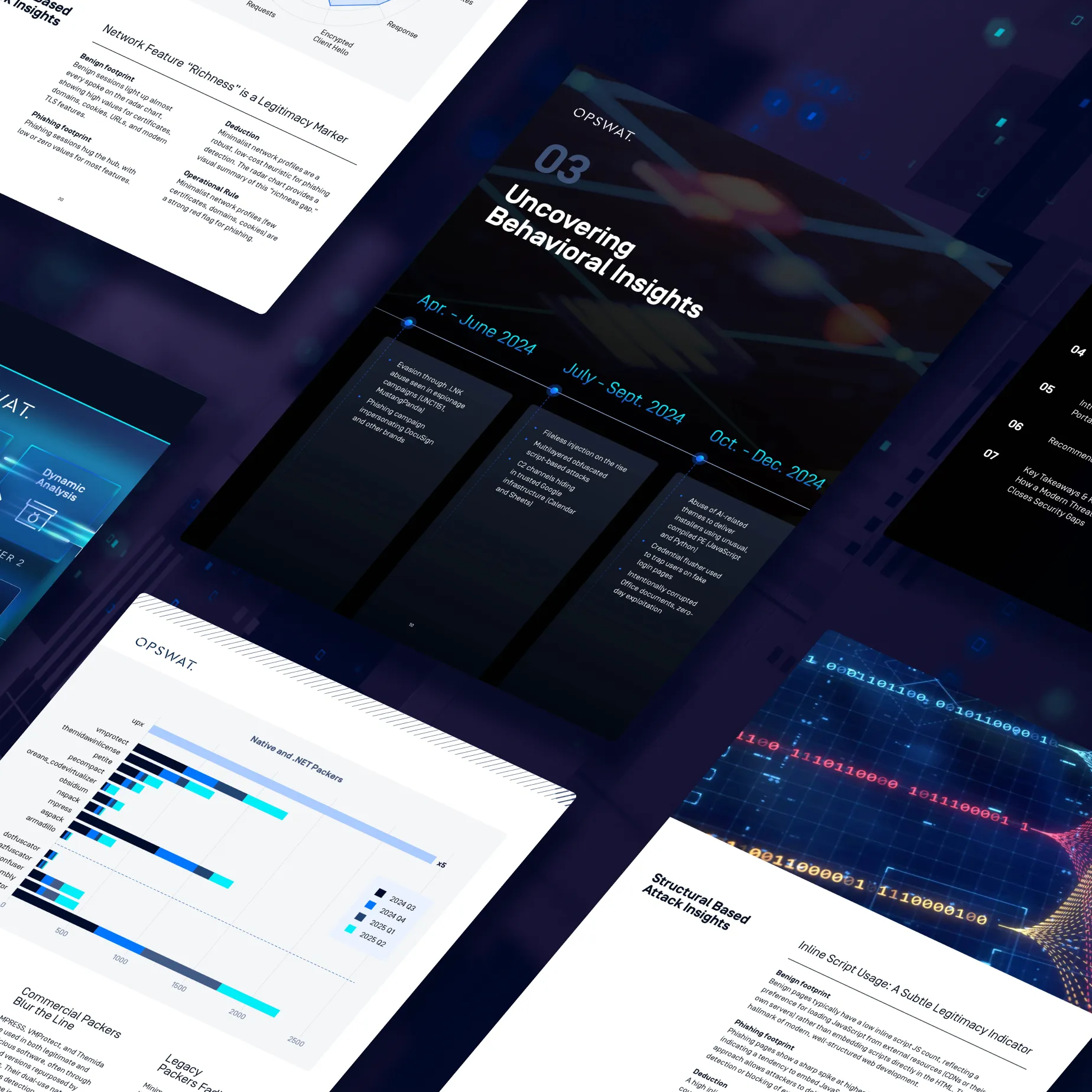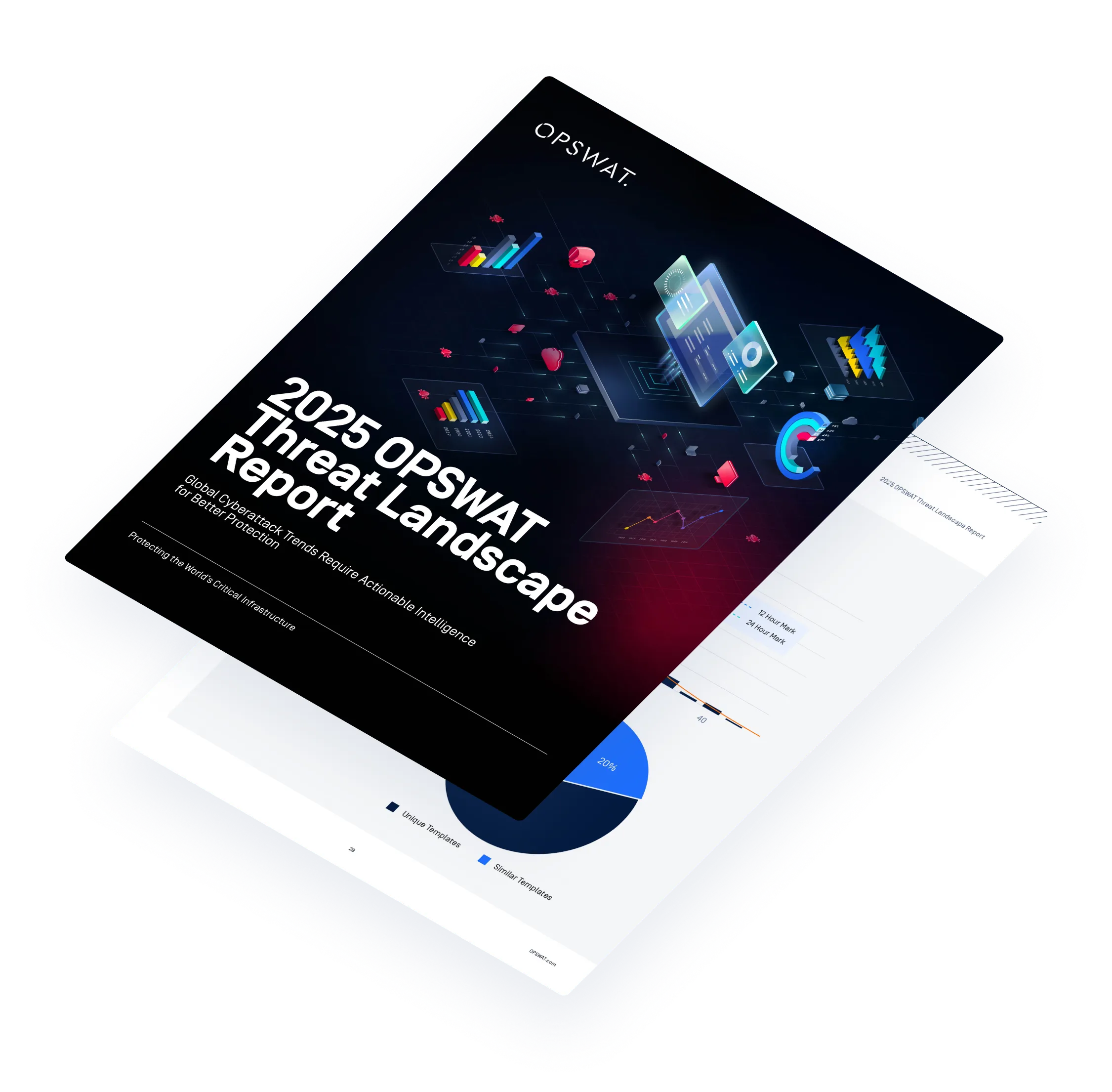Key Insights From Over 890,000 Sandbox Scans in the Last 12 Months
As critical infrastructure, government systems, and enterprise networks face growing targeting from increasingly modular and evasive malware, the findings of this report spotlight the evolving adversary playbook and the need for integrated, multilayered solutions.
Cybersecurity leaders must now prioritize adaptability, shared intelligence, reassessing technology, and fast behavioral detection pipelines to protect systems from known threats, but also to keep pace with a rapidly evolving threat landscape and whatever is on the horizon.

Malware Complexity
is Increasing
Malware complexity jumped 127% in six months, driven by multi‑stage execution chains and heavy obfuscation.
Adversaries Favor
Stealth Over Scale
Payloads hide in formats like .NET bitmaps and steganographic images, with Google services repurposed for covert C2.
Social Engineering
is Adapting
Tactics such as “ClickFix” (clipboard hijacking) are spreading across criminal and nation‑state campaigns.
Get the Report Now
Download your free copy of the 2025 OSPWAT Threat Landscape Report to discover critical insights and why defenders must transition from reactive controls and outdated defenses to adaptive, behavior-first detection and multi-layered defenses.

